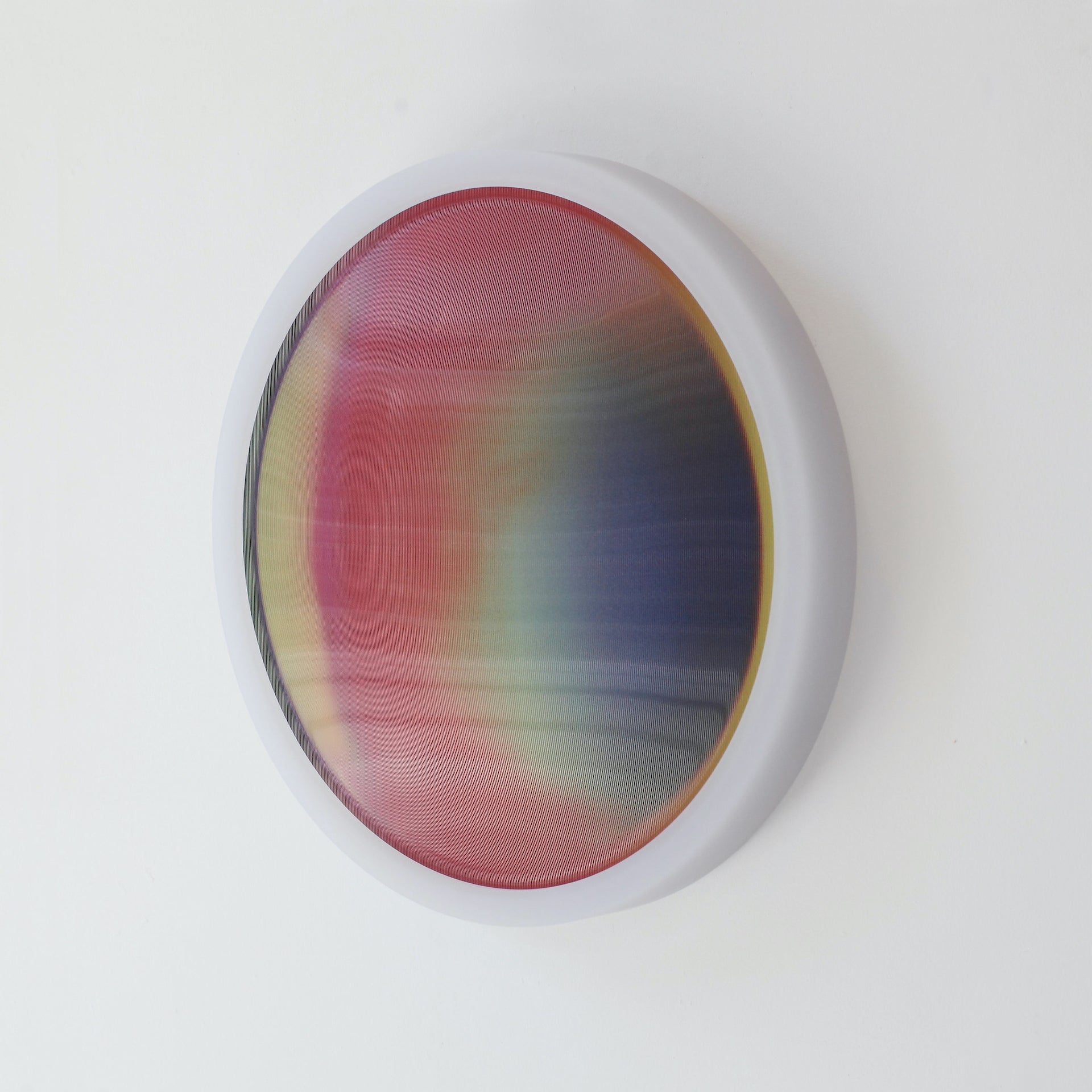Object of My Affection
Nightshop's P.O.V.
Lee F Mindel FAIA, architect-extraordinaire, shares the latest on what's catching his eye
The oculus dates back at least to Rome’s Pantheon. As an architectural element, it endured across millennia as a practical way to bring light, air, and a sense of movement from the outside in. But as an artistic motif, the oculus has carried a dynamic cultural significance, persisting through time as a symbolic portal to the self, the other, and the divine.
Seventeenth-century Dutch master Johannes Vermeer, for example, experimented with the camera obscura, installing a pinhole in a wall between him and his subjects to study the shape, contours, and movements of their upside down light reflections. This vision-transforming optic tool enabled Vermeer to render life in its most beautiful form.

Even earlier, in the Renaissance, Early Netherlandish painter Jan Van Eyck incorporated mirrors into the scenes of his portraits, offering his patrons and viewers lessons on perception, distortion, and the behavior of light. Van Eyck’s famous Arnolfini Portrait (1434) depicts two figures standing in an well appointed interior; behind them a convex mirror is placed like an eye in the center of the composition. Upon close examination, we see a reality that differs from what is shown in the foreground. The presence of additional figures add to the mystery and strangeness of the painting, which is considered a masterpiece of complex geometric perspectives.

Represented by Rotterdam-based Galerie VIVID, Dutch designer Ward van Gemert brings this tradition into the 21st century with his P.O.V. Series. Deftly named to highlight the fact that "point of view" is critical to the way it's perceived, the object is a 24-inch round resin ring surrounding an abstract lenticular circle that, when hung on the wall, creates a continuously dynamic range of color. It is in constant flux, responding to the light that surrounds it and the viewer's movement. P.O.V. becomes both a portal of light and a reflection of the external.
Van Genert created this edition of 5 in his Studio Nightshop, which he founded in 2010 in Rotterdam after working for the great designer Maarten Baas. Beyond the motifs found in the work of the Dutch Masters, we see in P.O.V. other takes on the oculus form, such as the pop art antecedents in the works of Victor Vasarely, Bridget Riley, Carlos Cruz-Diez, and in the current work of Anish Kapoor and James Turrell. In P.O.V we are reminded of the history of the oculus and its many ruminations in art as the eye, the portal, and the mirror. ◆

P.O.V. Circle by Nightshop is available in the Design Miami/ Shop through Galerie VIVID.
